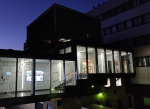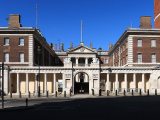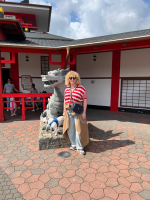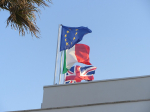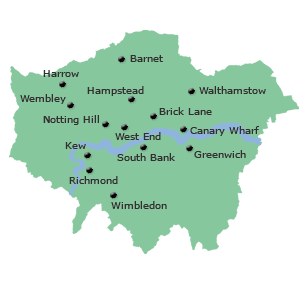UK News
-
 Ministers launch consultation to update decades-old mobility device laws
The government has opened a nationwide consultation on modernising laws governing powered mobility devices, aiming to bring regulations written nearly 40 yearsRead More...
Ministers launch consultation to update decades-old mobility device laws
The government has opened a nationwide consultation on modernising laws governing powered mobility devices, aiming to bring regulations written nearly 40 yearsRead More... -
 Britain’s best-selling cars of 2025 revealed as SUVs dominate the charts
Britain’s new car market roared back to life in 2025, with registrations topping two million for the first time since before the pandemic.Read More...
Britain’s best-selling cars of 2025 revealed as SUVs dominate the charts
Britain’s new car market roared back to life in 2025, with registrations topping two million for the first time since before the pandemic.Read More... -
 Next lifts profit forecast for fifth time after strong UK Christmas and international sales surge
Next PLC has raised its profit outlook for the fifth time this financial year after stronger-than-expected Christmas trading in the UK and a sharp accelerationRead More...
Next lifts profit forecast for fifth time after strong UK Christmas and international sales surge
Next PLC has raised its profit outlook for the fifth time this financial year after stronger-than-expected Christmas trading in the UK and a sharp accelerationRead More... -
 Government cuts electric lorry prices by up to £120,000 in £18m boost for haulage industry
British hauliers are set to benefit from sharply reduced costs for electric lorries after the government announced a further £18 million to extend the Plug-in Truck GrantRead More...
Government cuts electric lorry prices by up to £120,000 in £18m boost for haulage industry
British hauliers are set to benefit from sharply reduced costs for electric lorries after the government announced a further £18 million to extend the Plug-in Truck GrantRead More... -
 £2.5m MOD deal to deliver battlefield medical records anywhere in the world
The Ministry of Defence has awarded a £2.5 million contract to Leeds-based digital healthcare consultancy Avenue3 to deliver a new system designed to transform medical care for deployedRead More...
£2.5m MOD deal to deliver battlefield medical records anywhere in the world
The Ministry of Defence has awarded a £2.5 million contract to Leeds-based digital healthcare consultancy Avenue3 to deliver a new system designed to transform medical care for deployedRead More...
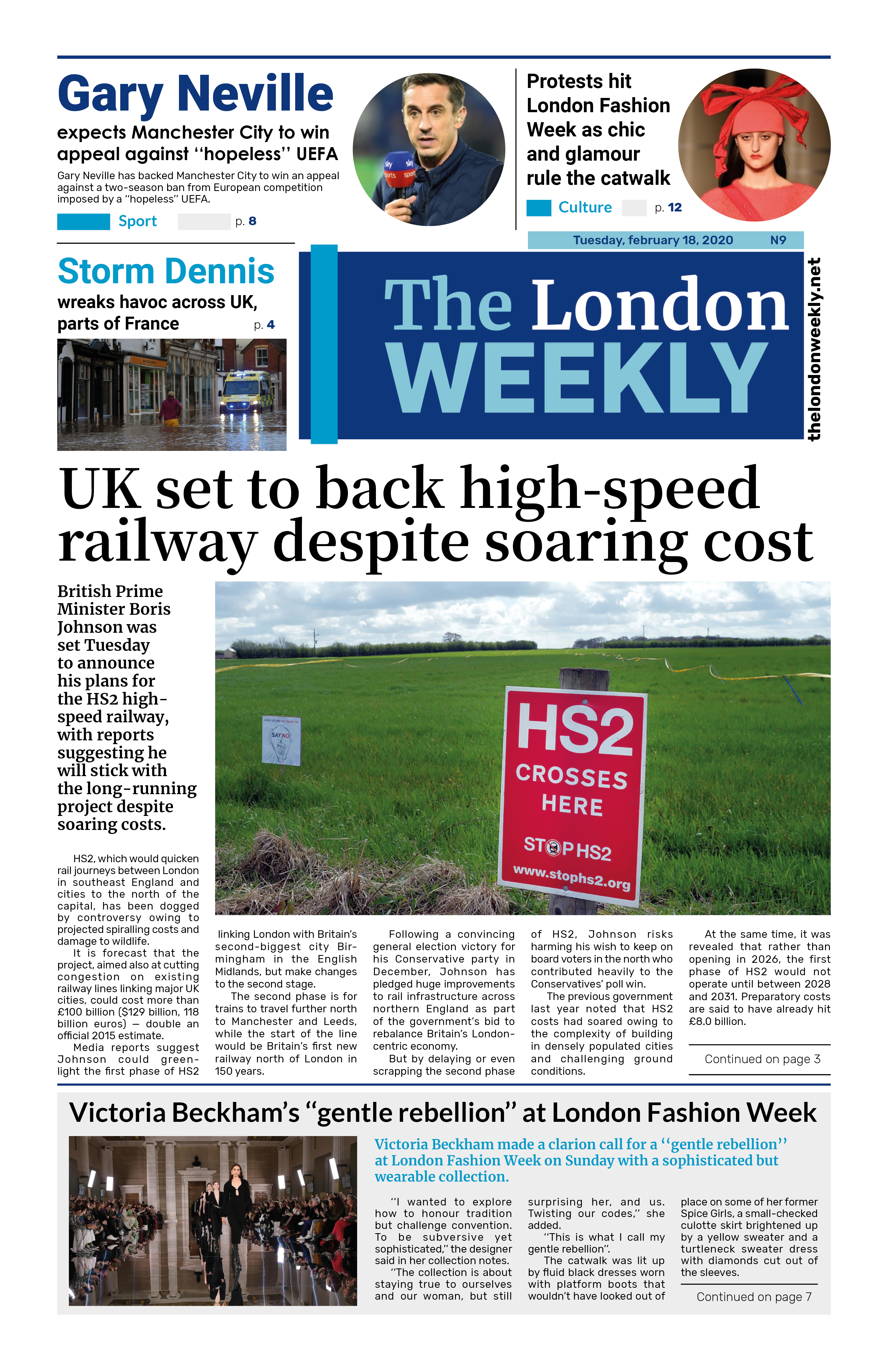
Culture
-
 Cumbrian animated flood film scoops international science award
A short animated film featuring a red squirrel from Cumbria has won an international education award, shining a global spotlight on how trees can help tackle floodingRead More...
Cumbrian animated flood film scoops international science award
A short animated film featuring a red squirrel from Cumbria has won an international education award, shining a global spotlight on how trees can help tackle floodingRead More... -
 Inside an immersive Guildhall Art Gallery exhibition inspired by the London Tube
The sensory world of the London Tube is brought vividly to life in a new immersive exhibition at Guildhall Art Gallery, uniting painter Jock McFadyen RA with musicianRead More...
Inside an immersive Guildhall Art Gallery exhibition inspired by the London Tube
The sensory world of the London Tube is brought vividly to life in a new immersive exhibition at Guildhall Art Gallery, uniting painter Jock McFadyen RA with musicianRead More... -
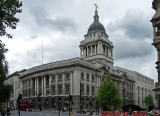 Researchers uncover ‘lost geometric code’ embedded in Oxford and Britain’s historic buildings
Researchers say they have uncovered a long-forgotten geometric code woven into some of Britain’s most famous historic buildings, including landmarks in Oxford.Read More...
Researchers uncover ‘lost geometric code’ embedded in Oxford and Britain’s historic buildings
Researchers say they have uncovered a long-forgotten geometric code woven into some of Britain’s most famous historic buildings, including landmarks in Oxford.Read More... -
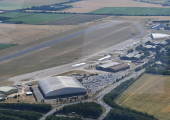 IWM Duxford to open new Second World War rooms revealing unseen artefacts and daily life of wartime pilots
IWM Duxford is set to open three newly restored Second World War spaces, offering visitors an intimate look at the lives of aircrew stationed at the Cambridgeshire airfield during the conflict.Read More...
IWM Duxford to open new Second World War rooms revealing unseen artefacts and daily life of wartime pilots
IWM Duxford is set to open three newly restored Second World War spaces, offering visitors an intimate look at the lives of aircrew stationed at the Cambridgeshire airfield during the conflict.Read More... -
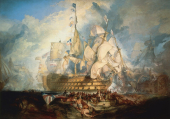 War-torn Trafalgar Union Flag faces possible departure from UK
A rare Union Flag that led the British charge at the Battle of Trafalgar has been placed under an export bar, giving UK institutions the chance to keep the historic relic in the country.Read More...
War-torn Trafalgar Union Flag faces possible departure from UK
A rare Union Flag that led the British charge at the Battle of Trafalgar has been placed under an export bar, giving UK institutions the chance to keep the historic relic in the country.Read More... -
 Barbican to host Liam Young’s first UK solo exhibition in 2026
The Barbican has announced ‘In Other Worlds’, the first UK solo exhibition by artist, director and BAFTA-nominated producer Liam Young. Opening May 2026, the immersive show will exploreRead More...
Barbican to host Liam Young’s first UK solo exhibition in 2026
The Barbican has announced ‘In Other Worlds’, the first UK solo exhibition by artist, director and BAFTA-nominated producer Liam Young. Opening May 2026, the immersive show will exploreRead More... -
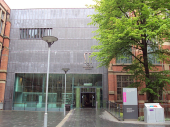 The Manchester Museum displays thousands of African artefacts it knows little about
A museum in northwest England has unveiled a new gallery showcasing thousands of African artefacts, many of which the institution admits it knows very little about. The exhibition aims toRead More...
The Manchester Museum displays thousands of African artefacts it knows little about
A museum in northwest England has unveiled a new gallery showcasing thousands of African artefacts, many of which the institution admits it knows very little about. The exhibition aims toRead More... -
 Captain John Narbrough’s journal faces export ban amid fears it could leave the UK
A rare 17th-century manuscript journal documenting Captain John Narbrough’s secret expedition to Spanish America and the Pacific has been placed under a temporary export ban, giving UKRead More...
Captain John Narbrough’s journal faces export ban amid fears it could leave the UK
A rare 17th-century manuscript journal documenting Captain John Narbrough’s secret expedition to Spanish America and the Pacific has been placed under a temporary export ban, giving UKRead More... -
 Earliest evidence of human fire-making unearthed in Suffolk
A team led by the British Museum has uncovered what is now the earliest known evidence of humans deliberately making fire—dating back around 400,000 years—at a site in Barnham,Read More...
Earliest evidence of human fire-making unearthed in Suffolk
A team led by the British Museum has uncovered what is now the earliest known evidence of humans deliberately making fire—dating back around 400,000 years—at a site in Barnham,Read More... -
 Rothschild 15th-century prayer book set to fetch up to $7 million at Sotheby’s auction
Ultra-rare 15th-century mahzor features vivid medieval illustrationsRead More...
Rothschild 15th-century prayer book set to fetch up to $7 million at Sotheby’s auction
Ultra-rare 15th-century mahzor features vivid medieval illustrationsRead More... -
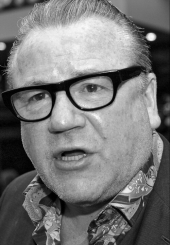 Ray Winstone honoured with Freedom of the City of London
Ray Winstone, one of the UK’s most celebrated ‘hard man’ actors, has been awarded the Freedom of the City of London in recognition of his extensive charitable and fundraising work.Read More...
Ray Winstone honoured with Freedom of the City of London
Ray Winstone, one of the UK’s most celebrated ‘hard man’ actors, has been awarded the Freedom of the City of London in recognition of his extensive charitable and fundraising work.Read More... -
 Golden Globe 2026 nominations announced ahead of January ceremony
The nominations for the 83rd annual Golden Globe Awards were unveiled on Monday, setting the stage for the first major awards ceremony of the season on January 11.Read More...
Golden Globe 2026 nominations announced ahead of January ceremony
The nominations for the 83rd annual Golden Globe Awards were unveiled on Monday, setting the stage for the first major awards ceremony of the season on January 11.Read More...
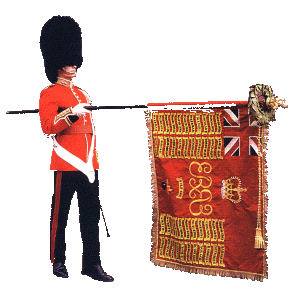
British Queen celebrates
Most Read
- Teen held after US woman killed in London stabbings
- Heave-ho Harry! Prince prepares to join the walking wounded in ice trek to North Pole
- Football: Farhad Moshiri adamant Everton deal above board
- "Master of English Style". Interview with Designer Lydia Dart
- Letter to the Financial Times from Lord Mayor Alderman Michael Bear
World News

G7 leaders are expected to agree plans today (Sunday) to transform the financing of infrastructure projects in developing countries, part of a raft of measures at the Summit to address the

The EPP Group supports the proposal of Svetlana Tikhanovskaya to initiate an international summit on the crisis in Belarus.

The UEFA EURO 2020 trophy will arrive in Kings Cross this morning for the final leg of a tour across all the tournament’s 11 host cities.

The Prime Minister will take part in live classroom link-up with schoolchildren in Kenya today (13 May 2021) to urge world leaders to invest in education, supporting the UK’s ambition to get 40

The Prime Minister spoke to German Chancellor Angela Merkel this afternoon, ahead of the Petersburg Climate Dialogue tomorrow.

More than 6,500 new jobs will be created around the UK thanks to £1bn of new UK-India trade and investment announced by the Prime Minister today (Tuesday 4 May 2021).

Defence Secretary Ben Wallace and Iceland’s Ambassador to the UK Sturla Sigurjónsson today signed a Note of Joining that welcomes Iceland into the JEF alongside the UK, Denmark, Estonia,

Lord Frost, Minister of State in the Cabinet Office, met Commission Vice President Šefčovič yesterday evening in Brussels.

Minister Akar is on a two-day visit to the UK to reaffirm our two countries’ close cooperation on defence and security as NATO Allies.











